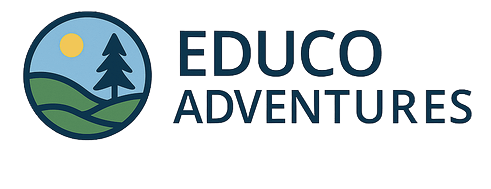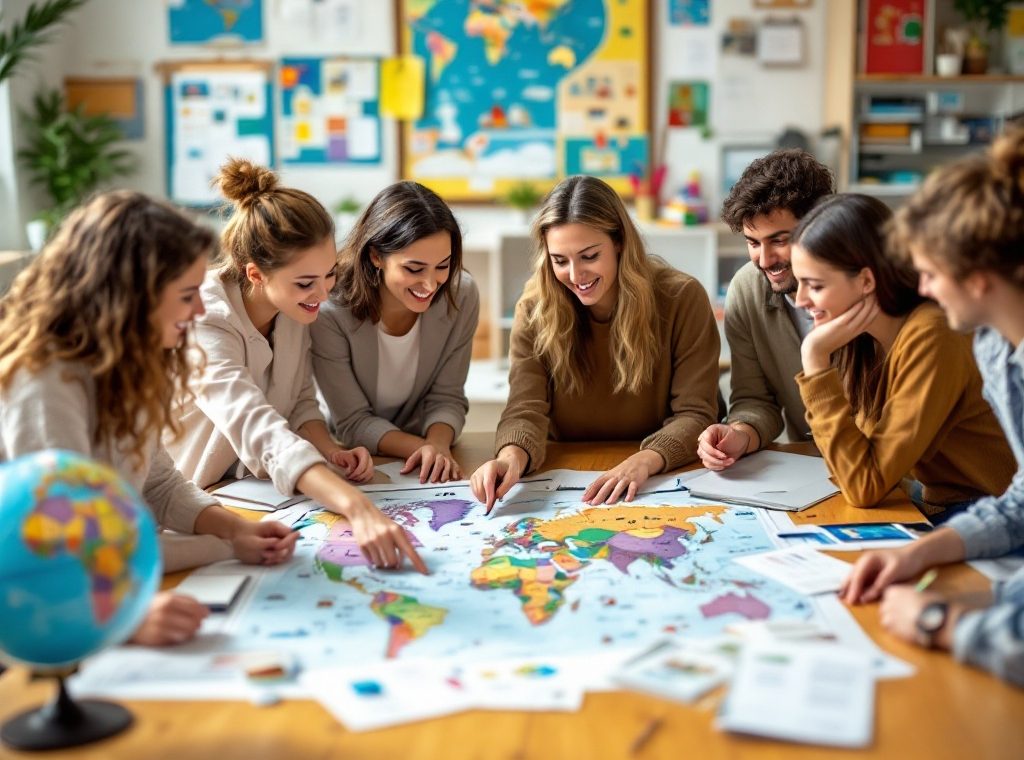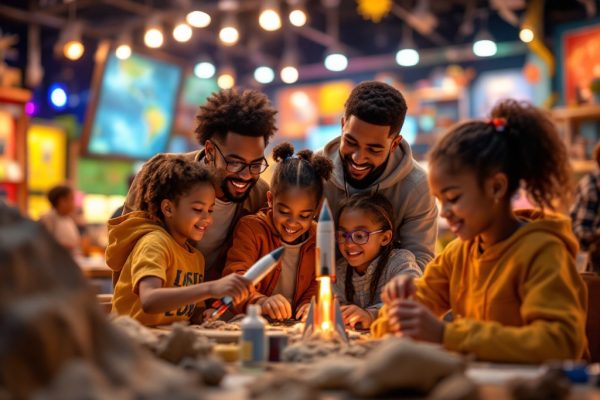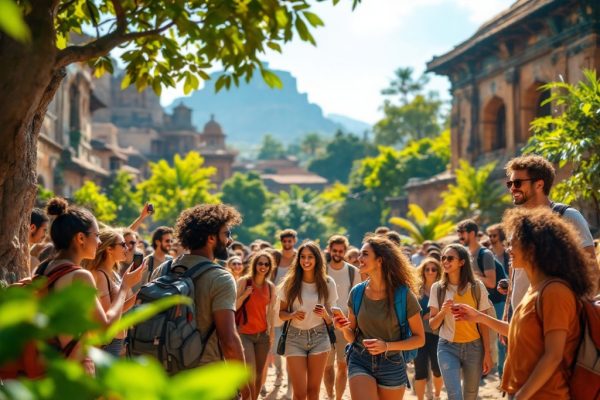Tips for Teachers Leading Educational Tours Abroad
Planning an educational tour abroad? This comprehensive guide provides teachers with essential tools and strategies for a successful and enriching experience. From pre-trip preparation and itinerary planning to on-site safety and post-trip reflection, learn how to maximize educational value while minimizing costs. Discover effective fundraising ideas, safety protocols, and curriculum integration techniques. Empower your students with unforgettable learning experiences while enhancing your own professional development. Dive in and start planning your next educational adventure!
Important information
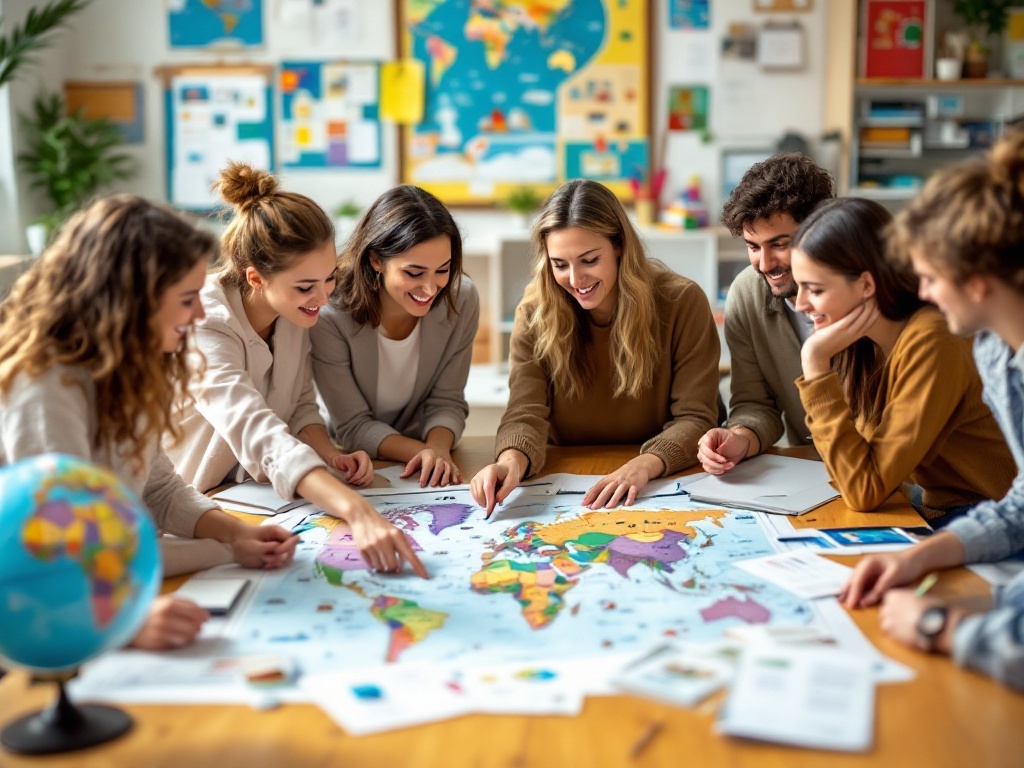
- Careful planning is key for successful educational tours, including detailed itineraries, clear communication with parents and students, and robust safety protocols.
- Teachers must prioritize student safety, health, and well-being by having emergency contacts, first-aid kits, insurance, and contingency plans for disruptions.
- Maximize educational value by aligning the trip with the curriculum, engaging local experts, encouraging student reflection through journaling, and facilitating pre- and post-trip activities.
- Open communication and clear expectations for behavior are essential for effective group management. Regular check-ins, a buddy system, and prompt address of behavioral issues create a positive learning environment.
- Leading educational tours provides teachers with valuable professional development, enhancing leadership, organizational, and problem-solving skills, along with networking opportunities.
Essential Tips for Teachers Leading Educational Tours Abroad
Planning an educational trip abroad? This guide is for teachers. Thorough destination research is paramount. Immersing yourself in the local culture is crucial for a successful experience. Craft a detailed itinerary balancing educational goals, engaging sightseeing, and essential free time. Open communication with students and parents is key. Discuss trip objectives, expectations, and safety guidelines. Flexibility and adaptability are essential, as travel has its surprises. Local guides can significantly enrich the experience by offering unique insights and perspectives.
Preparing Your Students
Prepare your students for cultural differences to ease their adjustment. A well-stocked first-aid kit and readily available emergency contacts are vital safety precautions. Pre-trip sessions should cover the itinerary, cultural norms, and expectations. Engage students in discussions about the destination’s history, geography, and local customs to foster understanding. Encourage student research to spark curiosity and engagement. Cover practical matters like packing essentials and travel documents for a smooth journey.
Safety and Communication
Assess potential risks based on your destinations and planned activities. Compile emergency contacts and local health resources. Establish and share a clear communication plan with students and parents. All students must understand safety protocols, such as staying in groups and respecting local laws. A first-aid kit and basic first-aid knowledge are crucial.
Pre-Trip Meetings
Pre-trip meetings are invaluable. Discuss the itinerary, expected behavior, and learning objectives.
Cultural Resources
Provide resources on the destination’s culture, including language and history, to boost understanding and engagement.
Role-Playing and Reflection
Role-playing scenarios about cultural sensitivity can help students navigate social interactions respectfully. Encourage journaling or blogging throughout the trip to foster reflection and deeper learning.
Organizing and Planning Educational Tours
Planning an enriching educational tour involves several key steps. First, research destinations aligned with the curriculum, focusing on historical, cultural, and hands-on learning opportunities. Second, prioritize safety and accessibility for all participants. Third, create a balanced itinerary that combines educational value with enjoyable activities, including museum visits, historical sites, and downtime. Fourth, conduct pre-trip meetings to set expectations, discuss cultural norms, review the itinerary, and encourage student research. Fifth, incorporate hands-on activities and interactive exhibits to reinforce learning. Sixth, maintain open communication with parents regarding the trip’s purpose and logistics. Finally, develop a comprehensive safety plan, including contingency plans for travel disruptions.
Choosing and Preparing Chaperones Effectively
Select trustworthy and dependable chaperones, clearly outlining their roles and responsibilities.
Conduct a pre-trip meeting to provide training so chaperones understand their duties and are equipped with necessary information, including emergency contacts and student medical details.
Provide chaperones with communication tools, such as walkie-talkies or a messaging app.
A pre-trip briefing ensures everyone’s preparedness, while consistent communication throughout the trip promotes safety and a smooth, positive experience.
Preparing Students for International Travel
International travel offers incredible learning experiences for students, but careful planning is essential. Pre-trip meetings are crucial for setting expectations, covering cultural norms, and reviewing the itinerary. Teachers should equip students with resources like books and websites about their destinations, encouraging independent research to deepen understanding. While basic language skills are beneficial, these trips aren’t suitable for all students. Selecting trustworthy individuals is critical, particularly for overnight excursions, as student safety remains the top priority. Here’s a step-by-step guide to planning a successful international student trip:
Hold pre-trip meetings. These meetings are crucial for setting expectations, covering cultural norms, and reviewing the itinerary.
Provide resources. Equip students with resources like books and websites about their destinations to encourage independent research and deepen understanding.
Encourage basic language skills. While not mandatory, basic language skills can enhance the travel experience.
Prioritize student safety. Carefully select trustworthy individuals, especially for overnight excursions, as student safety is paramount.
Student suitability. Recognize that international trips are not suitable for all students. Consider individual needs and maturity levels.
